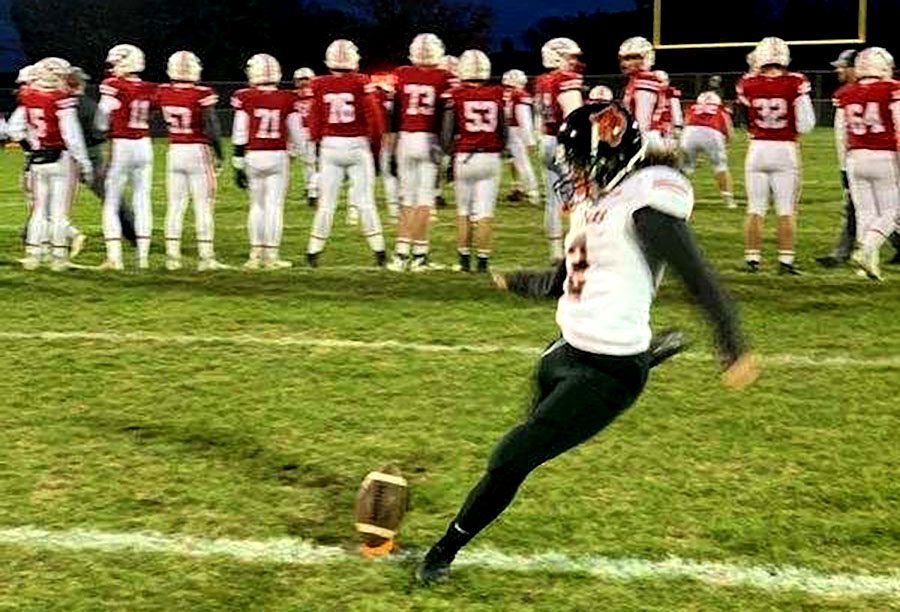“Jeremy Lin is a good player but all the hype is because he’s Asian. Black players do what he does every night and don’t get the same praise,” famed boxer Floyd Mayweather Jr. recently posted on Twitter.
Since “Linsanity,” the excitement surrounding New York Knicks player Jeremy Lin’s overnight success, overtook the National Basketball Association (NBA) this season, some controversy has been raised as to whether or not the hype surrounding the record-setting player has been due to his talent or his race. These arguments have brought up the question of race in the league, along with other sports at all levels, from high school to professional.
According to a 2011 study by the Institute for Diversity and Ethics in Sport (TIDES), only 17% of professional basketball players in the NBA are white. 78% of players are African American, an increase from the last study, which took place in 2010. At only 1%, Asian players are somewhat rare in the league, adding to the opinion that Lin’s success is due solely to his race, rather than his actual skill.
Sophomore Oscar Campbell, a Caucasian basketball player, said that in his experience, stereotypes surrounding his sport are less about who plays, and more so about how they play the sport.
“White guys can’t jump, and they can shoot. There are just stereotypes about the way they play,” Campbell stated, “when you see a white guy playing basketball, they’re usually going to play a certain way. There are white guys that play basketball, though.”
Campbell acknowledged that the stereotype does have some truth to it. “I mean, [it’s true] most of the time, but it’s not harmful, it’s just like that’s the way it is,” he laughed.
Sophomore Isa Kibira plays on the South tennis team, and even though he doesn’t see many stereotypes on the court, he agreed with Campbell that there are stereotypes about the way players of certain races play. But Kibira is sure to emphasize that, in general, there are few stereotypes in tennis.
“I don’t think there are many stereotypes because it’s kind of a worldwide sport and there are a lot of influences on it from different countries,” he commented, “people stereotype Asian players as having good forehands. It’s sometimes true.”
Oscar Vasquez, a senior, said that in his experience playing club soccer, there have been several instances when he has felt out of place on a largely white team.
“On that team, the majority of the kids were white so it was a little bit more segregated, and I felt out of place sometimes because I didn’t have anybody to connect with,” he said.
But Vasquez also said that he doesn’t let team dynamics affect his playing. “I just try to have fun and do what I needed to do to get playing time,” he added.
Both Campbell and Vasquez admitted that statements have been made regarding their races in the context of their sport, but are adamant that there was “no hostility” on their teams, as Vasquez put it. Campbell added definitively that the comments were “never anything offensive, ever.”
“Everyone got along pretty well and we used to joke with each other,” Vasquez stated, “it was just playing around.”
Vasquez said that his experience playing South soccer was very different compared to his club soccer experience, because the South team is so immensely diverse.
“I mean, I think all the players were pretty accepting on the South soccer team,” he said, “we had all types of races so no one felt out of place.”
The diversity of soccer is also present in Major League Soccer (MLS), according to the TIDES report, and it has been increasing in recent years. 48% of players were of minorities in 2011, an increase of 16% since 1998. However, at 52%, white players remain the majority of professional soccer players.
Kibira agreed that racial segregation is not really present on his sports team, but rather, the players work together as a team regardless of race. “It’s a team thing,” he stated, “people usually stick with their team and who they’re friends with.”
Tony Aspholm, coach of the South High nordic ski team, said that his team has found it somewhat challenging to interest students of color in participating. Aspholm believes that this lacking participation of minority students is primarily due to the sport’s cultural history, citing its origin in Scandinavia.
“I think that [the team] is predominantly white. We have a higher percentage of minorities participating than the sport as a whole,” Aspholm stated, “historically, it’s been a white sport, because it started in Northern Europe.”
Both Vasquez and Campbell agree with Aspholm that often, racial stereotypes in sports develop as a result of the sport’s history and groups of people that have participated in the past.
“It’s kind of a cycle. The reason there are a lot of African-Americans playing basketball is because that’s how it started,” Campbell commented, “but I don’t think it has anything to do with race.”
Vasquez added that cultural customs about people from some countries or regions can turn into stereotypes about sports, specifically those of Hispanic descent.
“A lot of people think that all Mexicans play soccer,” Vasquez stated, “I mean, part of it is kind of true. In Mexico, it’s a custom that [soccer is] like one of the biggest sports that we have there. But not everybody actually plays, or is good.”
Despite Aspholm’s opinion that the ski team is predominantly white, cross-country skiier and junior Jonathan Nyhus thinks that South’s nordic team does fairly well when it comes to diversity. “[The stereotype is] not here, maybe if you were to go to Europe or something. But I think South is pretty good about not having the stereotype,” he said.
Nyhus credits a “lack of enthusiasm” from minority races as the reason that the sport primarily attracts athletes of European descent. “There’s less enthusiasm for the sport from different races, depending on where you live,” he stated.
However, Aspholm added that the ski team has been taking measures to increase the diversity of the team by making the expensive equipment more readily available.
“We have made an effort to reach out to minority students at South so that our team would much better represent the racial composition of South High School,” he said, “for minority students we try to make skis more available, often we just rent them at no cost. That would be for the students who are exchange students and often those are non-white people.”
According to Aspholm, the idea for a no-cost ski rental program was brought up four years ago by a member of the team’s booster club. They applied for a grant from the American Birkebeiner Ski Foundation, an organization that operates the largest cross-country ski marathon in North America, located in Hayward, Wisconsin, to provide funding for the idea.
“They gave us a thousand bucks, and the booster club put in a thousand. We bought some skis and poles and boots and that’s how we got started,” Aspholm proudly stated.
The program has been running for three years now, and the coach added that it has increased diversity on the team, especially among immigrant and foreign exchange students, which has benefitted the team as a whole.
“Last year we had three kids that were born in East Africa, in the horn of Africa. They were very athletic and had a lot of endurance,” he recalled, “I thought that they bring a different focus to the team because of their experiences. They don’t have a lot of experience with competing on snow or even [with] the cold. They had to learn how to dress for it and how to protect yourself from the cold, so there were some challenges, but they bring such an awareness and enthusiasm [to the team].”
Aspholm expressed his desire to continue increasing diversity on the team in coming seasons, and was ardent about the extensive benefits that more diversity would provide for the entire team.
“It would make it a better experience. It makes us all more aware, and I think it makes us better,” he stated, adding that a lack of experience should not discourage anyone from joining. “More than half of the team learns to ski when they join the team, so it’s not unusual that we teach people to ski, that’s what we do. That makes people able to fit in just fine, whether they come from East Africa or Asia or South Minneapolis.”
Regardless of cultural traditions or historical background, physical ability also plays a part in stereotypes surrounding sports. Nyhus, however, doesn’t believe that race determines athletic ability and, in turn, if people of certain races are better at one sport than people from another race.
“You can’t take two people and say ‘this person is better at this sport because they’re white and this person is better at this sport because they’re black,’” Nyhus argued.
Campbell agreed with Nyhus, but maintained that not fitting into a stereotype surrounding a sport can have its benefits, as well.
“Actually it’s kind of an advantage,” he attested, “because people underestimate you if you’re not what they expect.”

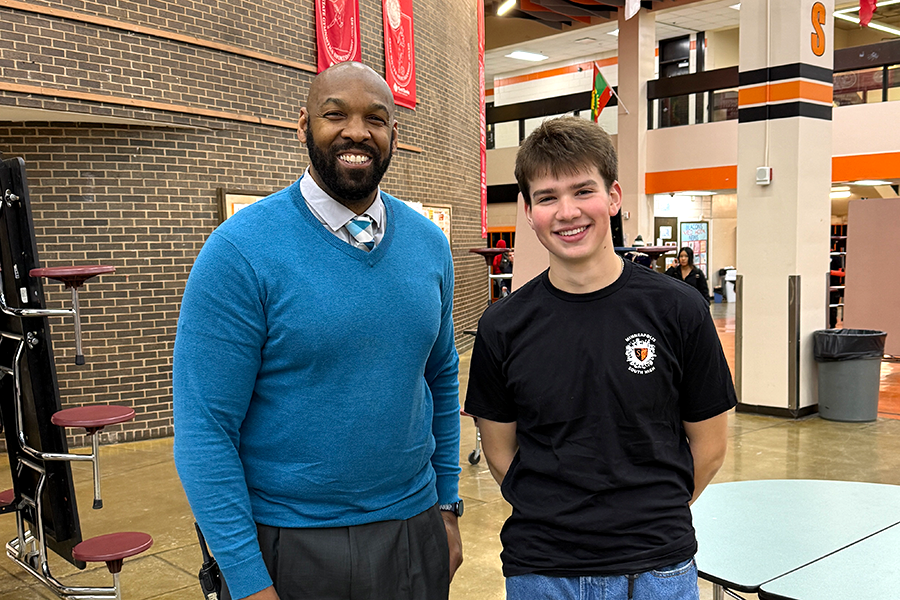
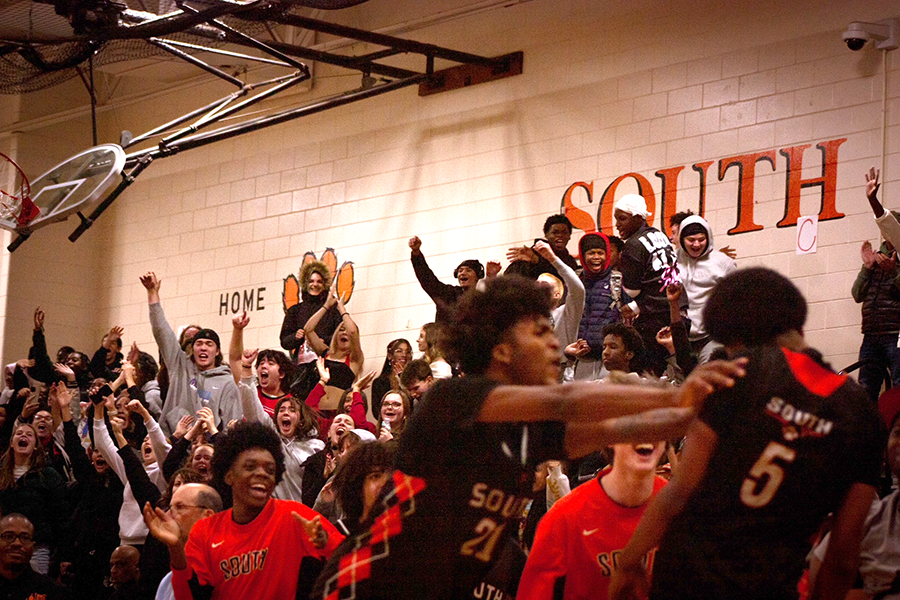
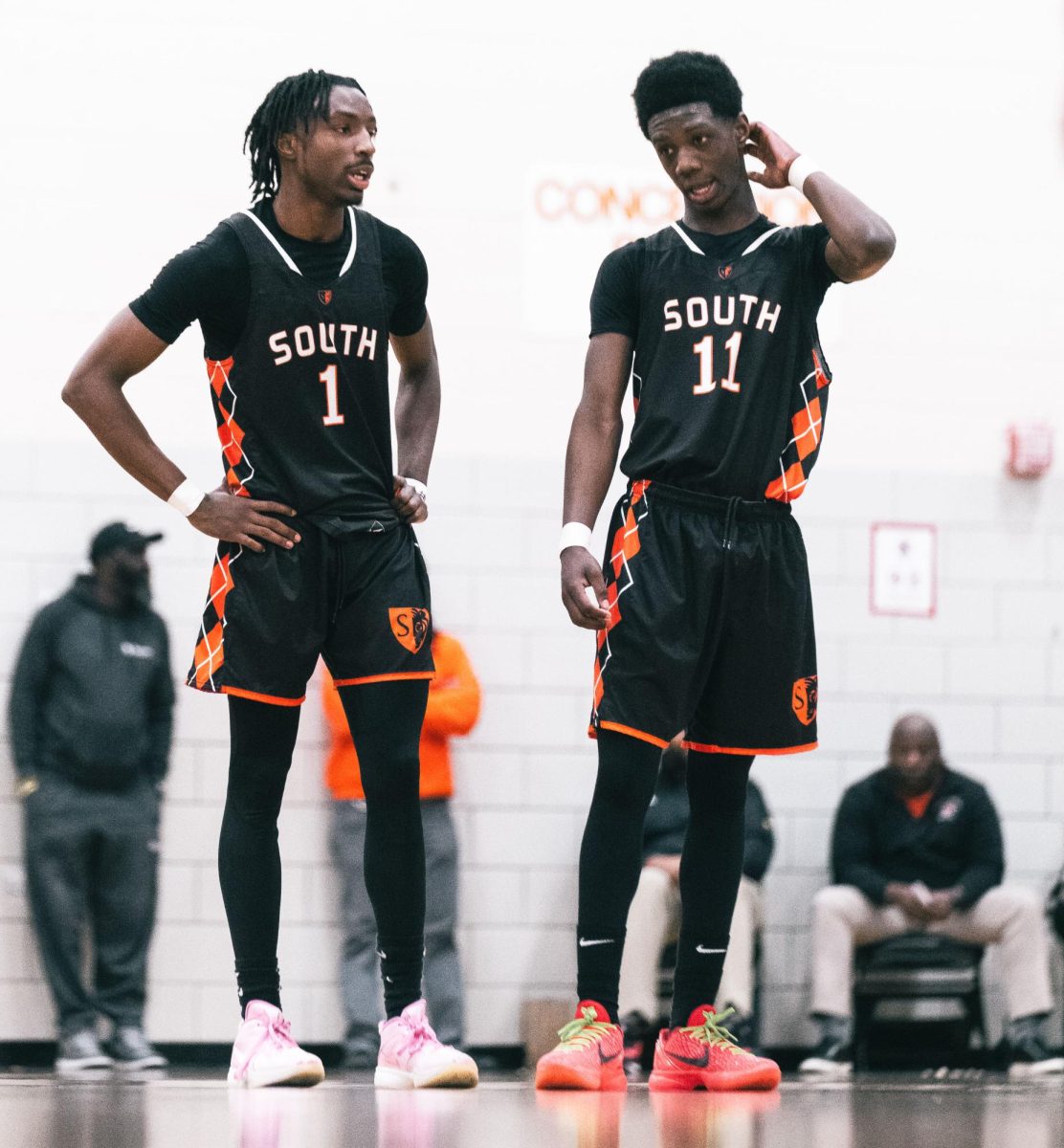
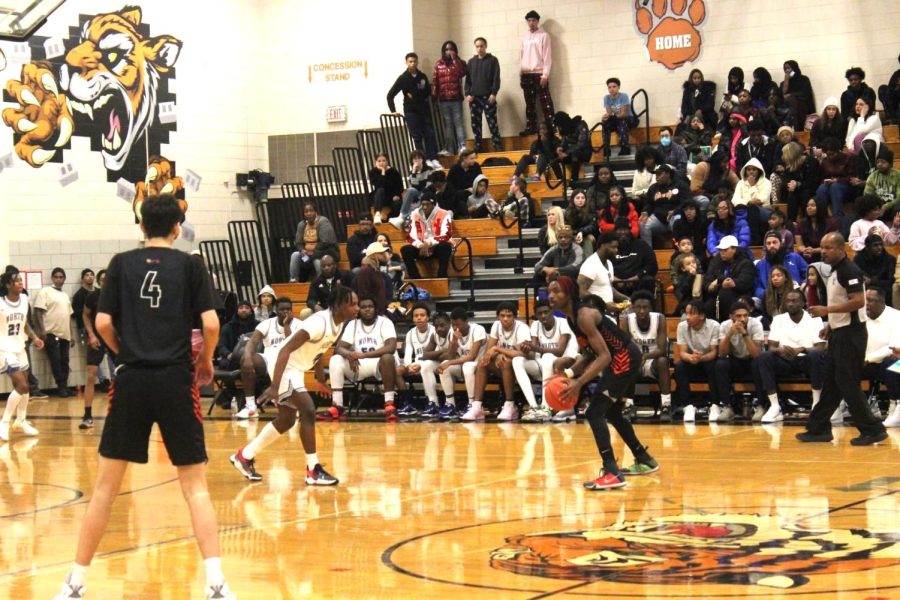
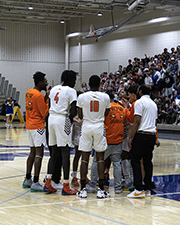

![Senior Eliana Storkamp, one of the captains of South’s nordic skiing team, during a race this season. “For practice we are required to wear a mask the entire time, but for races it’s different. When you first are at the start of the race they want you to be wearing a [face covering]... and once you start racing you can put it down and put it back up when you finish.” Photo credit: Kate Anderson](https://www.shsoutherner.net/wp-content/uploads/2021/02/ski-edited.jpg)
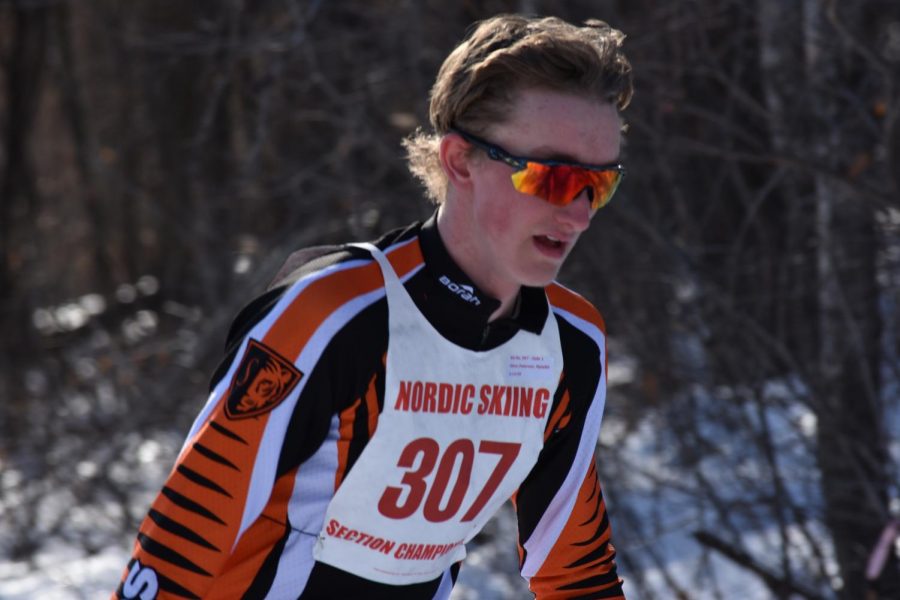
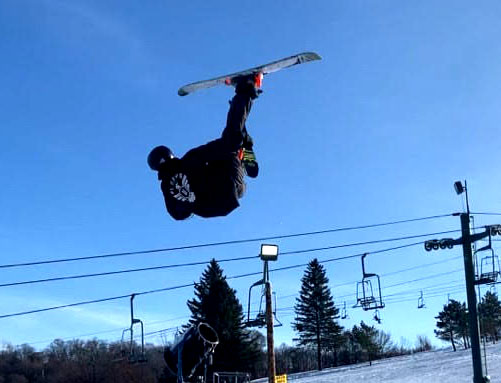
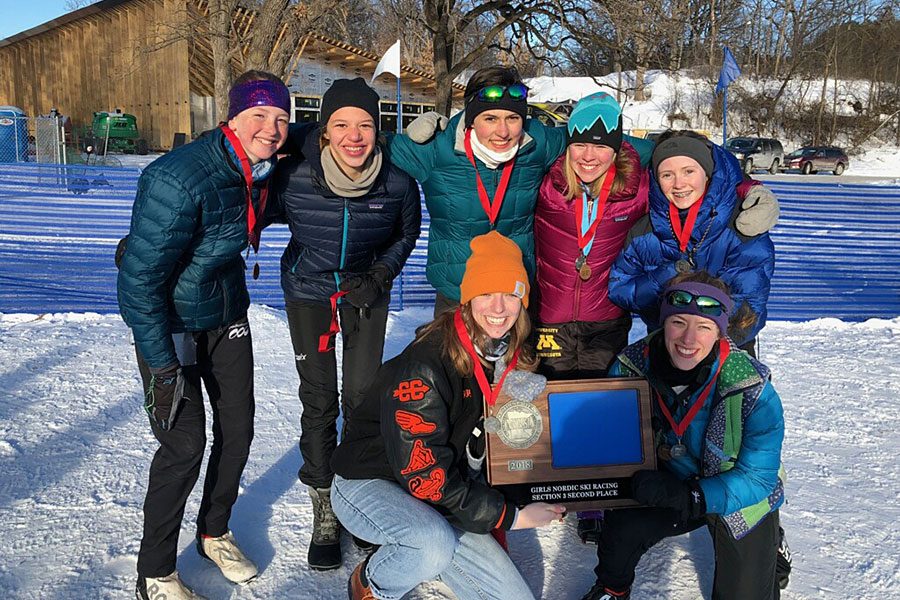
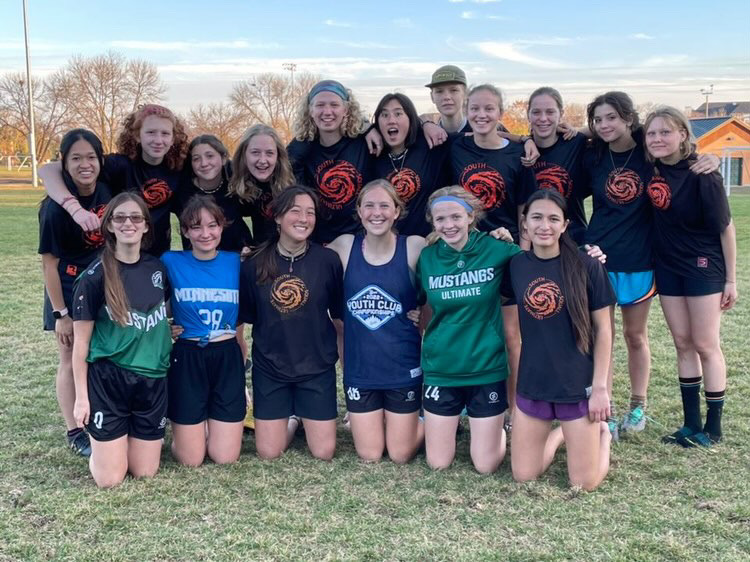
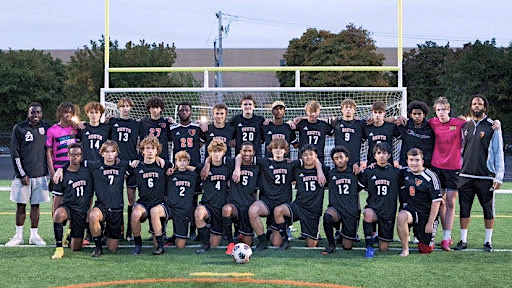
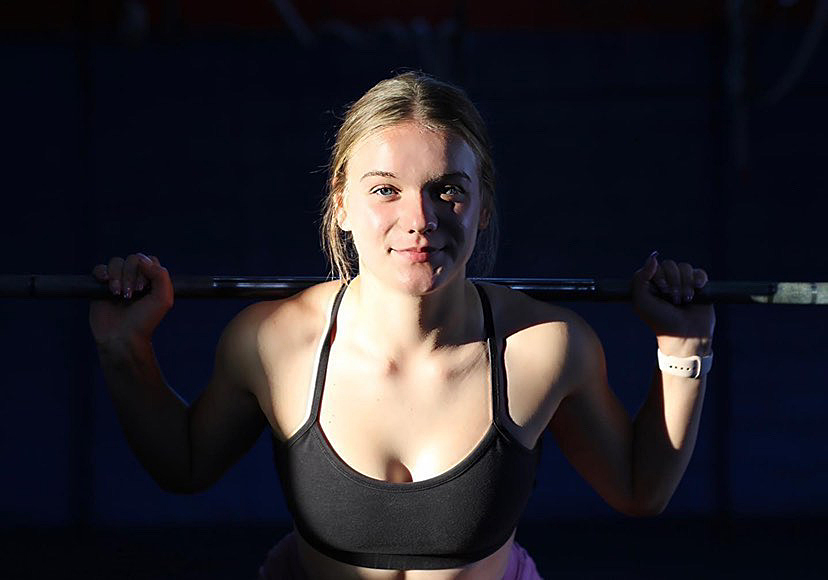
![The South adapted soccer team has faced recent injustice, but nobody seems to acknowledge it. Due to snow being plowed into handicapped parking spots, many parents and players are angry because safety became a major issue when trying to get into the gym for their game. Many people are starting to think that this could be a part of a bigger issue, an issue of injustice and unacceptance within the disability community. “I agree that we [South] are really diverse but when it comes to kids with disabilities, we don’t get much of a chance because people use our disabilities against us and say that we can’t do certain stuff because of what we’re able and not able to do,” said Lamawn Saul, a sophomore on the team.](https://www.shsoutherner.net/wp-content/uploads/2020/03/Adapted-Soccer.jpg)
![South’s main rival is Southwest and occasionally Washburn, but when it comes to hockey, the Holy Angels lead the pack as their main enemy. According to hockey player Maddy Helmstetter, rivalries are an important motivator. “I think a lot of our girls build off of [the rivalries] and it makes them want to do better,” said Helmstetter.](https://www.shsoutherner.net/wp-content/uploads/2020/02/sports-rivalries.jpg)
